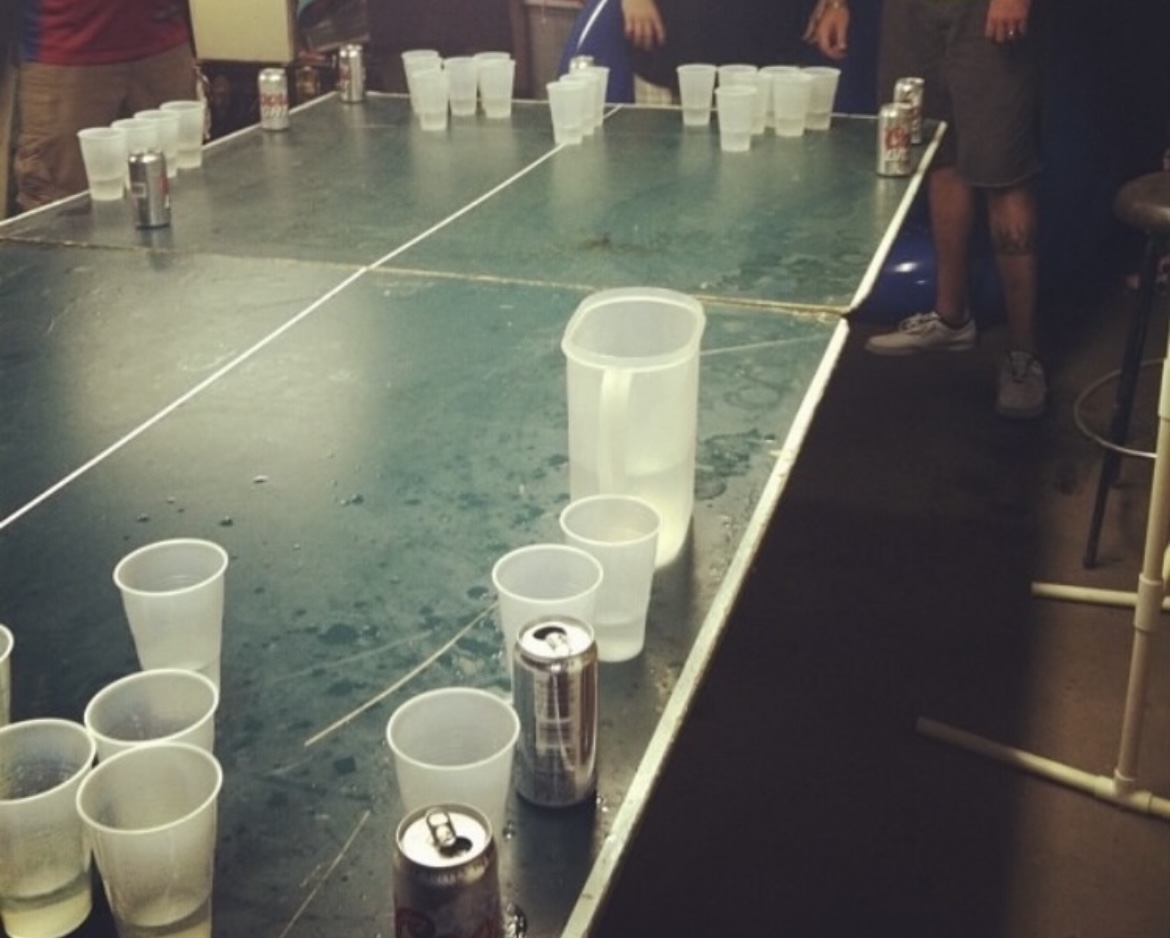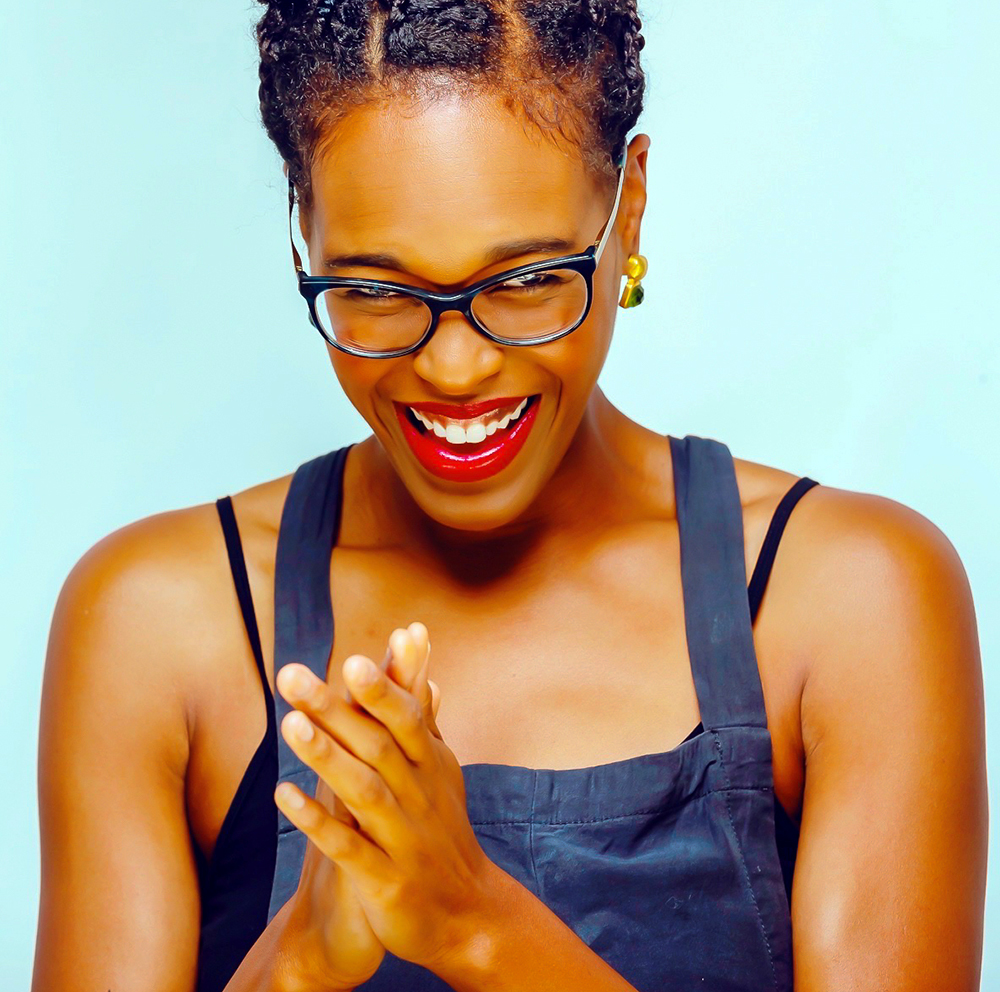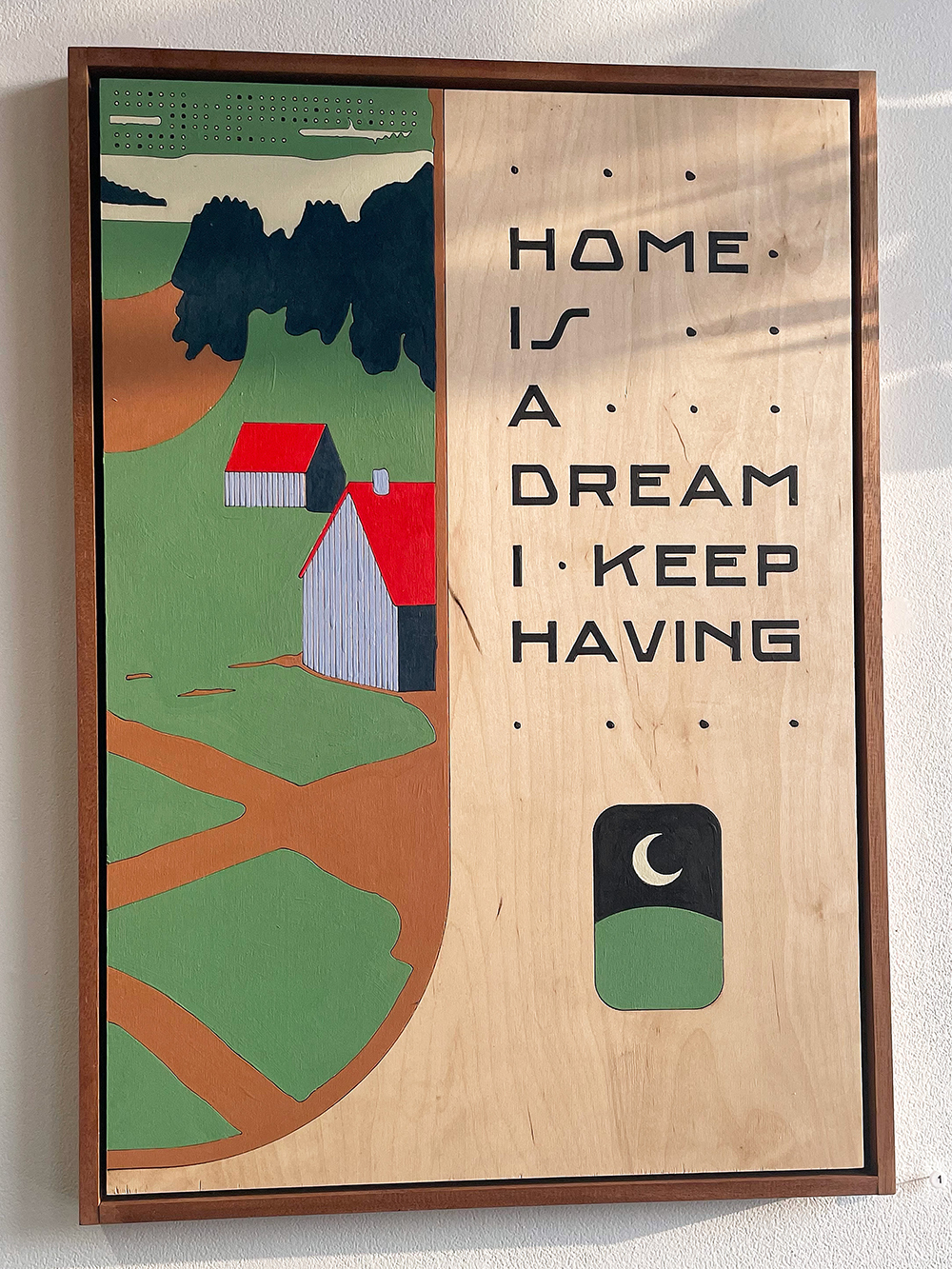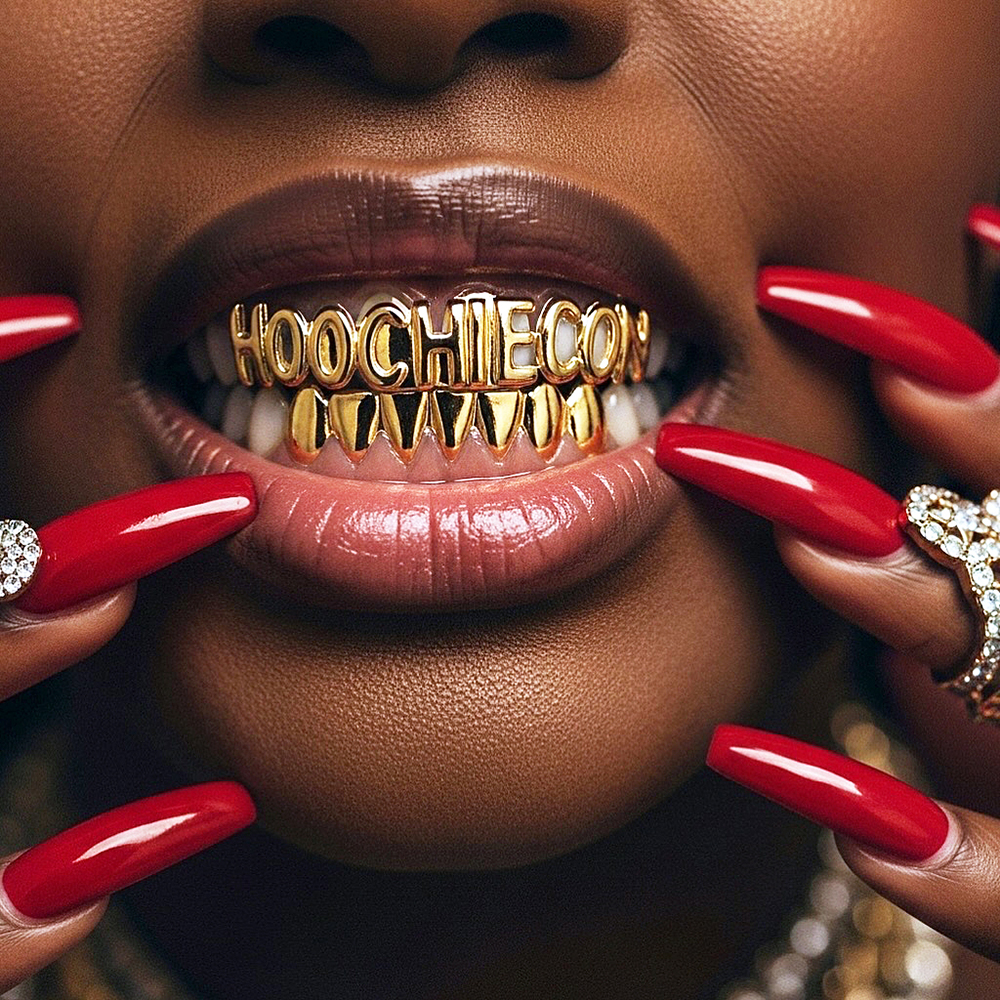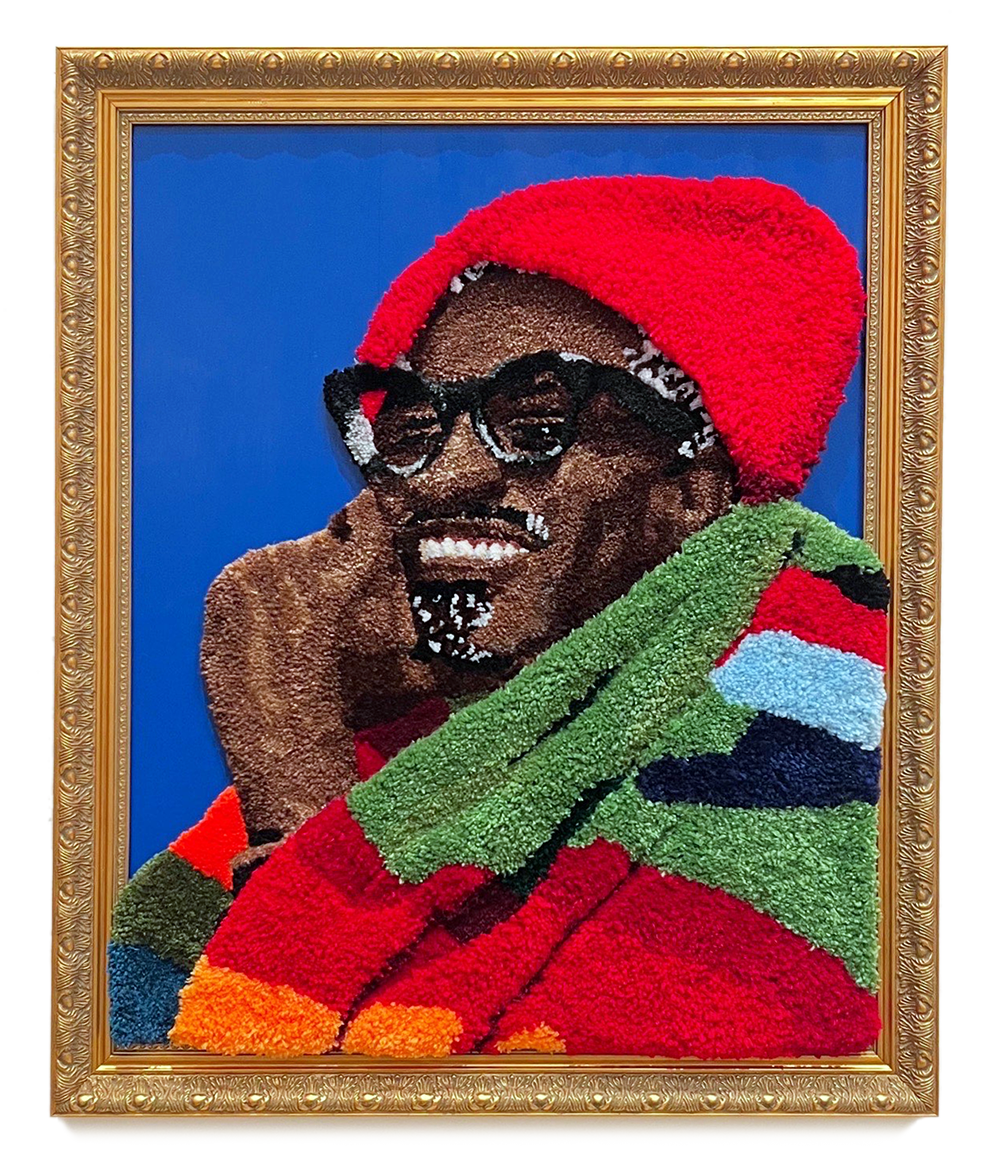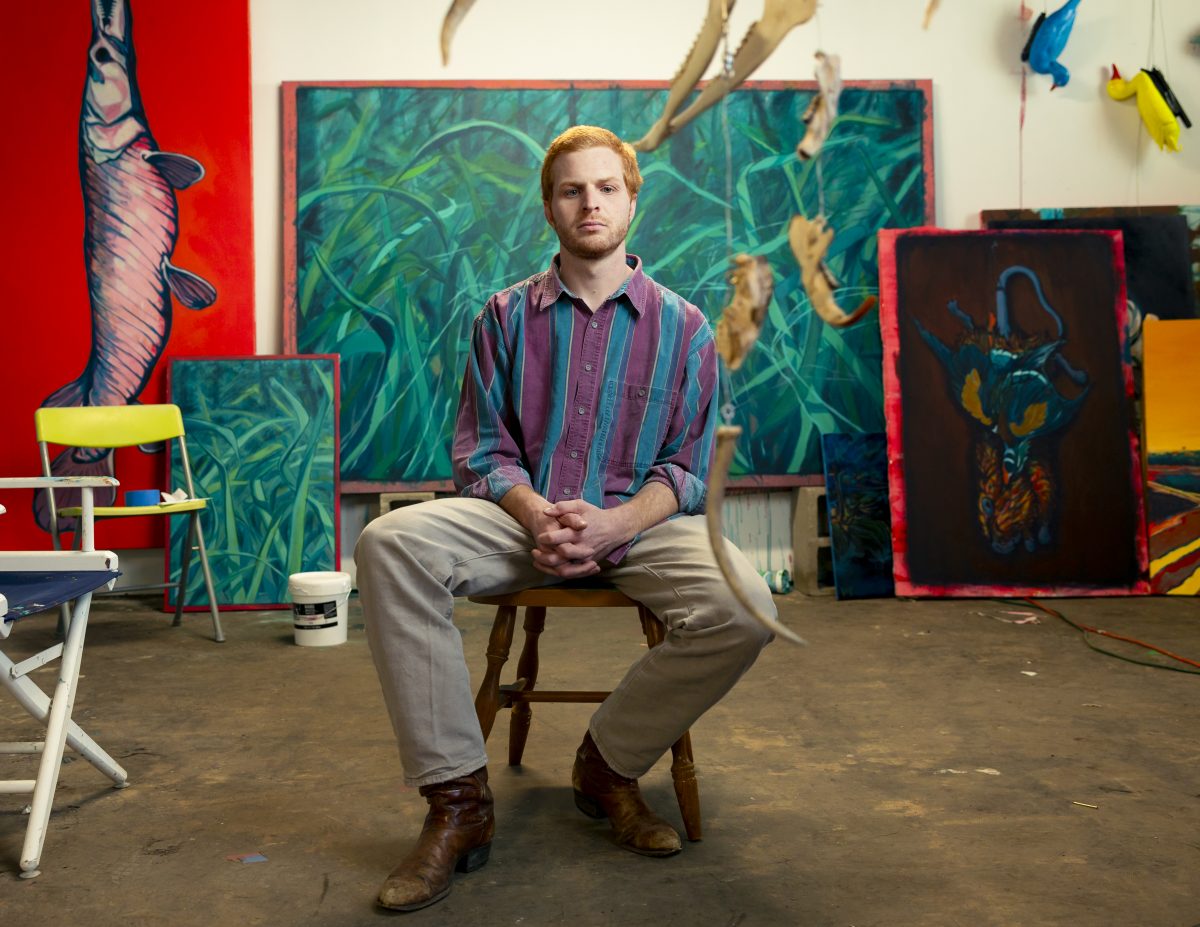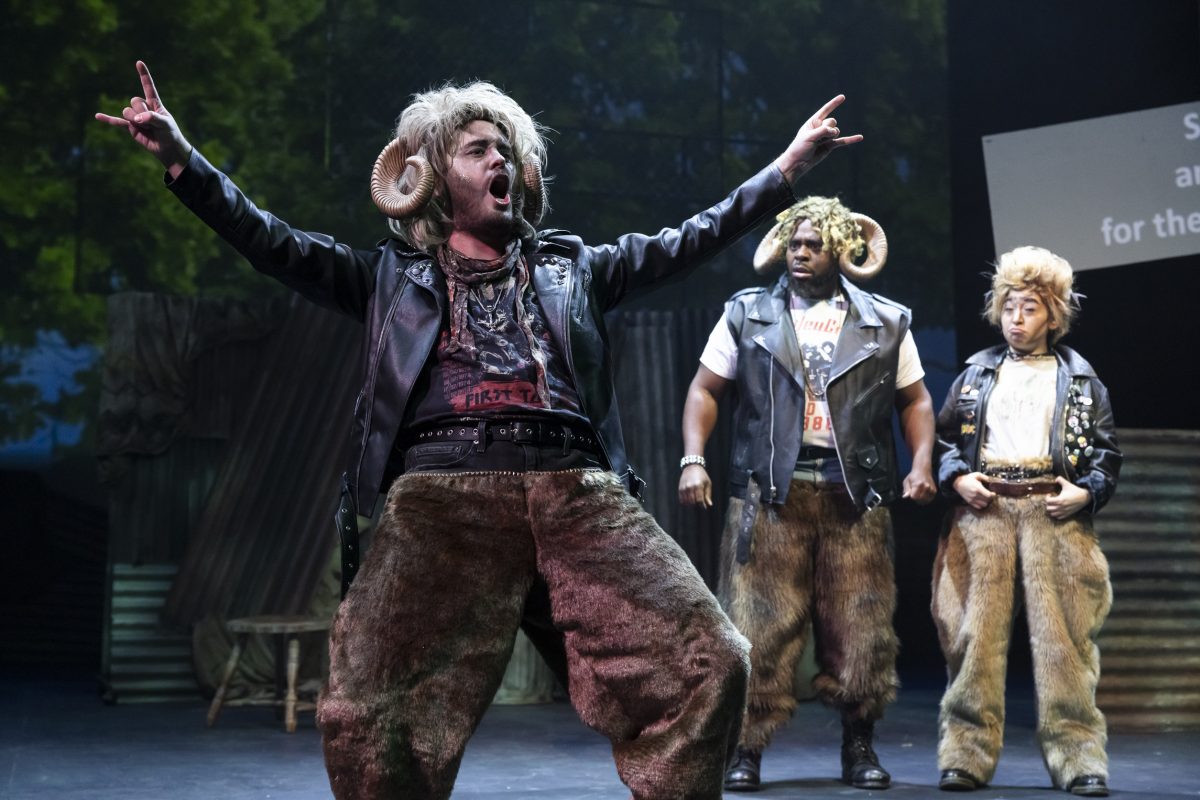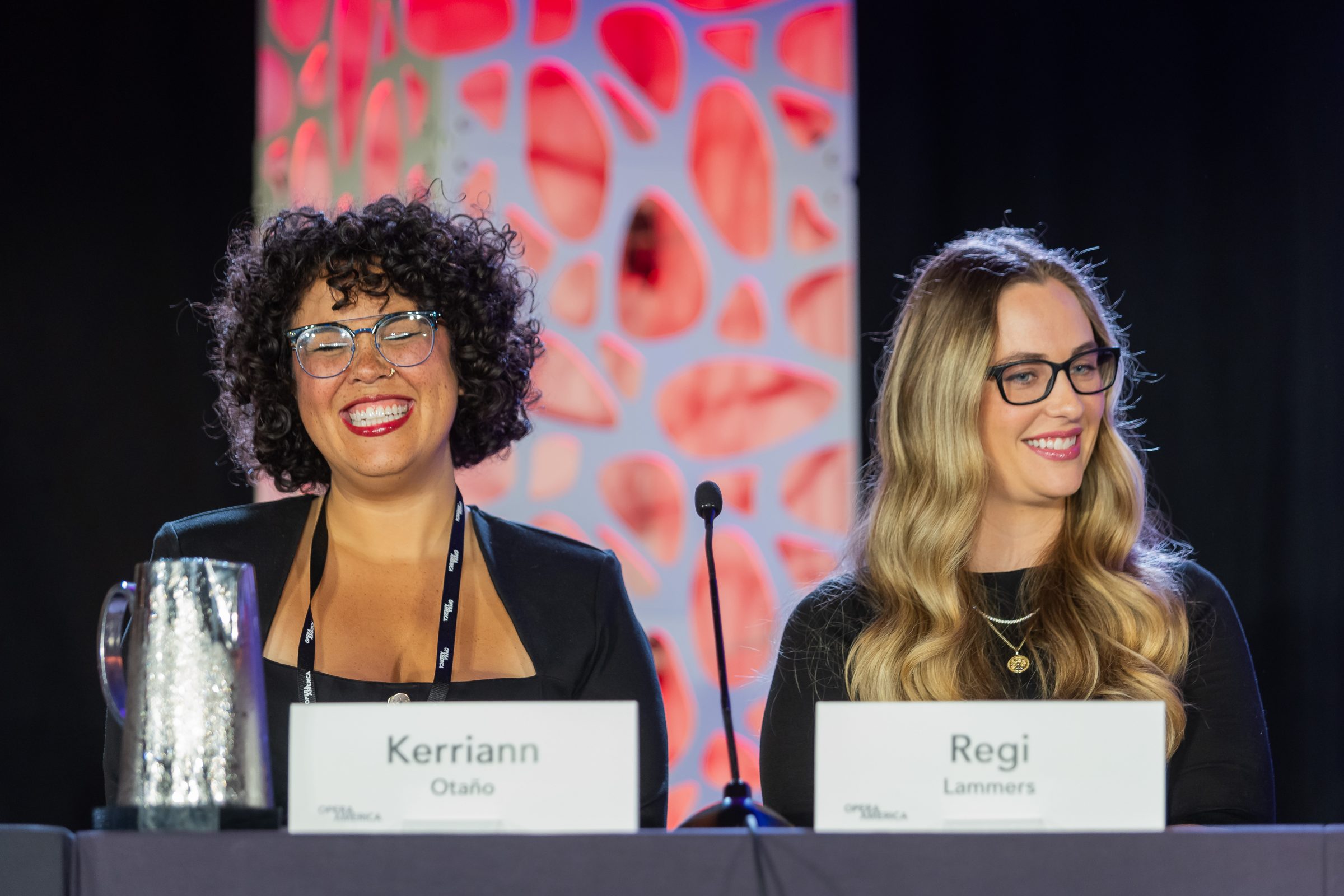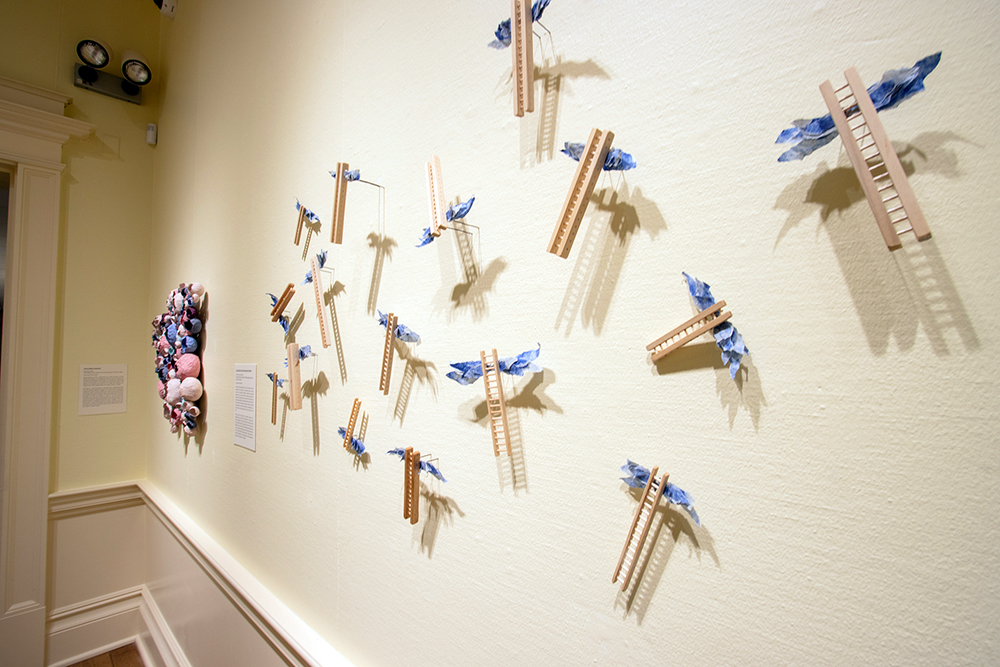As anyone in her position would, Keyana Dixon never imagined her brother, Tyré Nichols, would be a victim of police brutality. With a background in criminal justice, she knew her family would have not only overwhelming grief of it all to wade through but also the justice system, the federal trials, the state trials, the civil lawsuit, the press. “My family and I, we kept saying, ‘Once this is over, once this is over, once this is over, we’ll be able to do X, Y, Z, like, we’ll be able to grieve.’”
Even now, two years later, it’s not “over.” Two of the former officers pleaded guilty in both state and federal court, while three were acquitted by a state jury earlier this year and await federal sentencing. The civil trial date has been set for 2026.
Yet today, Dixon’s focus has been able to shift to happier memories of her brother, away from his final, tragic moments. She’s been able to fulfill his dream of having a gallery show, though posthumously.

On drives, walks, bike rides through Memphis, Tyré Nichols brought his camera. “Photography helps me look at the world in a more creative way,” he wrote on his website. “It expresses me in ways I cannot write down for people.”
He had described Memphis as beautiful to his older sister Keyana Dixon — from the bridges over the Mississippi River to the trails in Shelby Farms Park. He had moved here for a FedEx job before the pandemic, and something about Memphis made him pick up his camera again, a hobby he’d started when he was a young skateboarder, wanting to document his tricks. “He was like one day I’m [going to be] in a gallery or something,” Dixon says.
“This was the perfect time,” she says. “I didn’t want to have this beautiful moment overshadowed by court dates and ugly and sick images and videos of my brother.”
Since June 24th, Nichols has several of his photographs on display in the Cooper-Young Jay Etkin Gallery in what’s being called “Tyré Nichols: Photographic Legacy.” Etkin is a friend of Nichols’ and Dixon’s stepfather.
“This exhibition isn’t just a tribute to Tyré’s life — it’s a platform for his voice as an artist, for his vision,” Etkin says. “We want people to experience what he saw, to witness his sensitivity, his humor, his eye for beauty. It’s a chance to know Tyré not through tragedy or headlines — but through his own lens, through Tyré’s eyes.”
In this show are photographs seen on his website and ones that have been pulled from Nichols’ camera, yet unseen by the public and by even his family. In the weeks immediately following his death, Dixon recalls, sites like The New York Times and even our own Memphis Flyer publicized her brother’s photography, pulling from the internet — “which is fine,” she says. But seeing his work in the gallery, “it was different. … It’s something that makes me feel like his life meant something.”
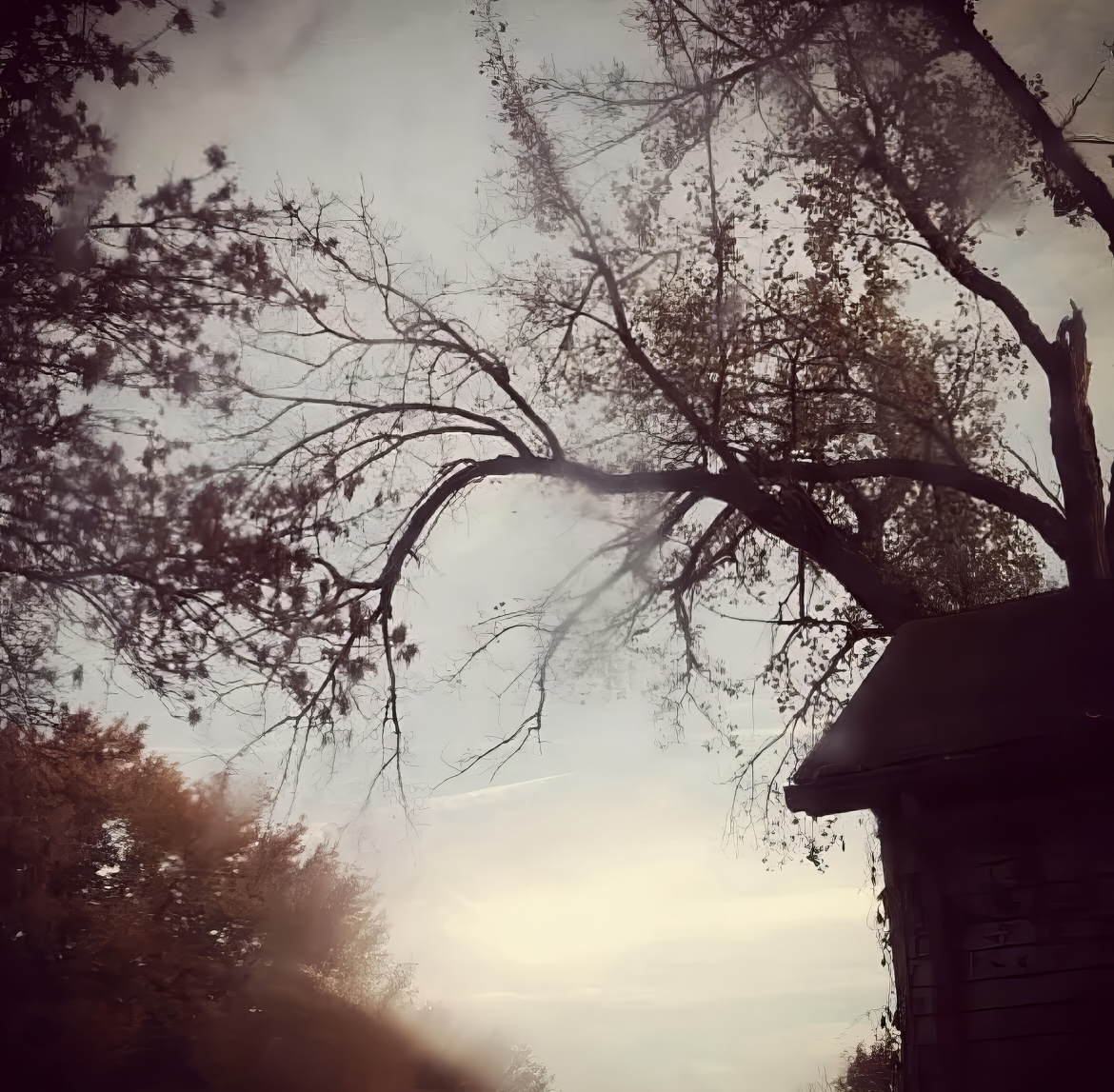
Dixon doesn’t want to be the only one who remembers Nichols, to see him in the fabric of the city, and so she started the Tyré Nichols Foundation to share his bright legacy for future generations. Two goals she hopes to achieve include offering creative arts scholarships and photography workshops for youths.
“Things like this happen way too often — that there’s someone killed by the police,” Dixon says. “And then five years later, nobody cares to remember them, so I hope that this will give him a lasting presence here in Memphis long after I’m gone, long after everything.”
“Tyré Nichols: Photographic Legacy” will be on display at Jay Etkin Gallery through August 2025. Please contact Jay Etkin about purchasing work at 901-550-0064, available framed or unframed.
